
When you want to observe in detail the fauna and flora that surround us, it can be very interesting to get a spotting scope. Unlike what we might think, it does not require complicated maintenance. It is an object with which we can learn while having a very good time.
But How to choose the best one? Depending on the utility that we are going to give it, we will have to choose well the one that best suits our needs.
Learn how to choose a spotting scope

Telescope parts
Every telescope is made up of different parts that are:
- Tripod: it is a set of three legs that are usually metallic. Thanks to them, the telescope remains stable.
- Mount: is the mechanical part that joins the tripod with the optical tube. They can be manual (movements are done manually), motorized (movements are made through motors on one or two axes) or computerized (with GoTo or GPS system). Two types are distinguished:
- Altazimuthal: performs horizontal and vertical movement.
- Dobsonian: they are mounted on a platform that allows horizontal and vertical movements. They do not require a tripod.
- Single arm and fork: these are those that hold the optical tube from the side through one or two arms.
- Equatorial: one of its axes, that of Right Ascension or RA, is arranged parallel to the axis of rotation of the Earth.
- Altazimuthal: performs horizontal and vertical movement.
- Optical tube: it is made up of lenses or mirrors and the eyepiece holder.
- Search: it is a small elongated object that is placed on the tube that allows us to search in detail for what we want to see.
Types of optical tubes
Depending on the optical tube, there are also three types:
- Reflector: Also called Newtonians, they use a mirror to capture light. It is the one most used in astronomy.
- Retro-reflector: use a combination of mirrors and correction lens.
- refractor: they use a converging lens system in which light is refracted. It is the one used for terrestrial observation.
Why choose a spotting scope over binoculars?
Well, with both you can enjoy a lot, but there are three important differences between one and the other which are:
- Optical tube diameter: is the diameter of the mirror. The higher it is, the more light it can capture. In the case of the spotting scope, it is recommended that it be at least 40mm. They make binoculars with that diameter, but they weigh a lot (I have about 10mm and when I have been around 30 minutes I already start to notice the fatigue in my wrists).
- Focal distance: is the length of the tube. It is also measured in mm. It can be 100mm, 200mm, etc. The longer it is, the longer it will take for the light to reach the mirror. It does not necessarily have to be very long to be a good instrument. In fact, the main thing to look at is the diameter of the tube.
- Increases: is the magnification of the image. In the case of spotting scopes, they can also include zoom eyepieces capable of further magnifying the image. If we see, for example, that it indicates 30-70x, we can know that the normal magnification value is 30, but that it can reach 70 by zooming.
What to look at before choosing one?

Apart from what we have discussed so far, it is also necessary that we take into account the field of view. The larger the magnification, the smaller the field of view. On the one hand, the image will look bigger and sharper, but we can only look at very few details.
You also have to take into account the vision angle. Observation must be comfortable, so it is recommended to opt for a model that raises the eyepiece by 45º. Thus, the telescope can remain more stable, something very necessary on days when the wind blows.
Finally, and although they have a fairly high price, it is worth taking a look (and never better said) at the extra low dispersion glasses or ED lenses. These lenses allow an image of a very good quality, so that the typical problem that refractor telescopes have is solved: chromatism.
What can be used?
Ground-based telescopes are used to see nature and also to spot birds, or even for see some objects of the universe, like the moon or the stars (the sun can also be seen, but only with a filter). Another use that is becoming very fashionable is digiscoping, that is to say, coupling a camera to the optical tube to take a very good quality photograph.
Can objects or animals be seen very far away?
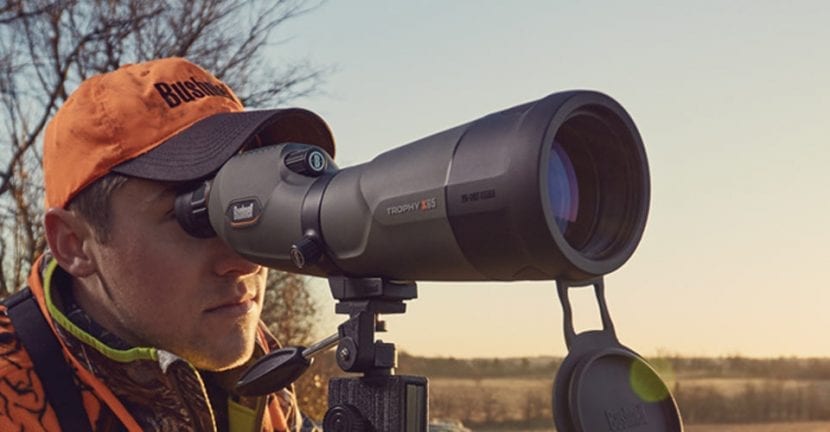
Image - Alarconweb.com
Yes, no problems. In fact, they are used precisely for that. Terrestrial telescopes are very useful tools to "go" very far without moving from the site. What we can see may be several statute miles away.
A statute mile, or international mile as it is sometimes known, is a unit of length that, although it is not widely used, for the subject we are dealing with it can be very useful. Equivalent to about 1480m, that is, it would be like taking a step of about 73cm.
With this, we can get an idea of how far away what we are seeing is.
Selection of spotting scopes
If you still have doubts about which one to buy, then we leave you with our selection:
With tripod
30-90 × 90 Zoom Telescope with Tripod
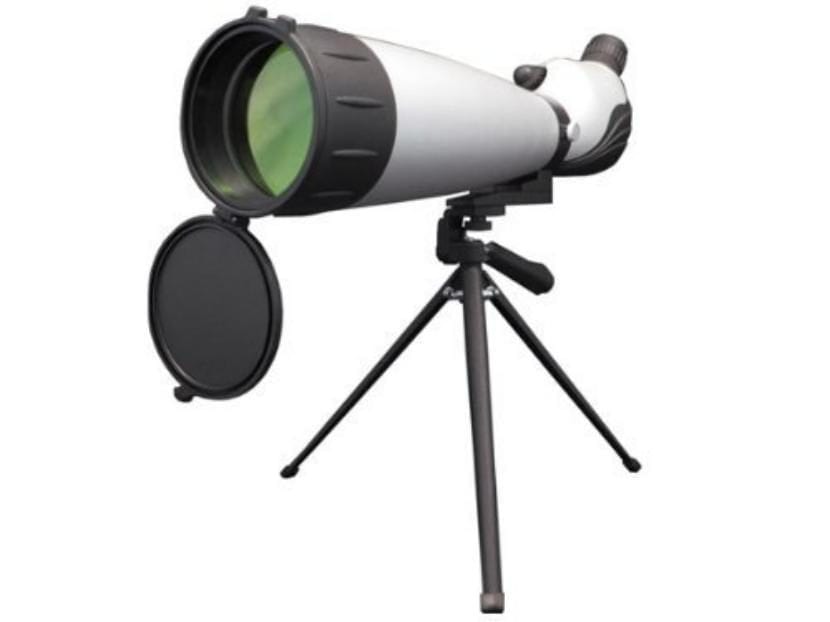
This is undoubtedly a good telescope. With an aperture of 90mm and with the possibility of magnifying the image up to 90 times, you will be able to observe nature like never before. In addition, it has the included tripod, so you don't have to buy it separately.
It weighs 1850 grams and is priced at 109 euros. You want it? Click here
Celestron TravelScope 70
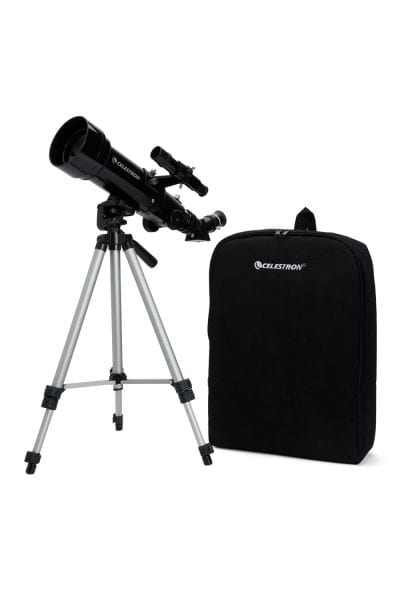
This Celestron brand telescope is amazing. Not only can you use it for terrestrial observation, but also for basic astronomical observation thanks to its 70mm aperture, its 400mm length and the zoom.
It has a weight of 1,5kg and a price of 84,91 euros. Get it now
USCAMEL Telescope for bird watching

If you are looking for a telescope that is good to carry, that can go unnoticed, that is also waterproof and with which you can see the birds in detail ... you are not asking for the impossible 🙂. The USCAMEL telescope that we recommend is 20-60x, is green, and has a tripod.
It has a weight of only 640 grams, and its price is 159 euros. Are you interested? Buy it already
without tripod
Celestron Ultima 65
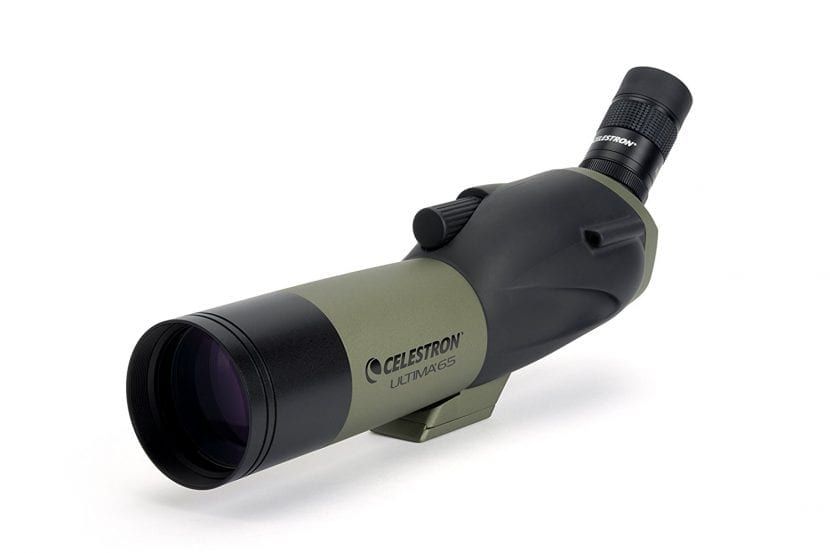
If you do not want to be very loaded but you would like the image to be as sharp as possible, this telescope is for you. It has an 18-55x zoom and includes a soft carrying case that will keep you protected during it.
Its weight is 2kg, and its price is 149 euros. Get it here
Nikon Postaff 5 82-A
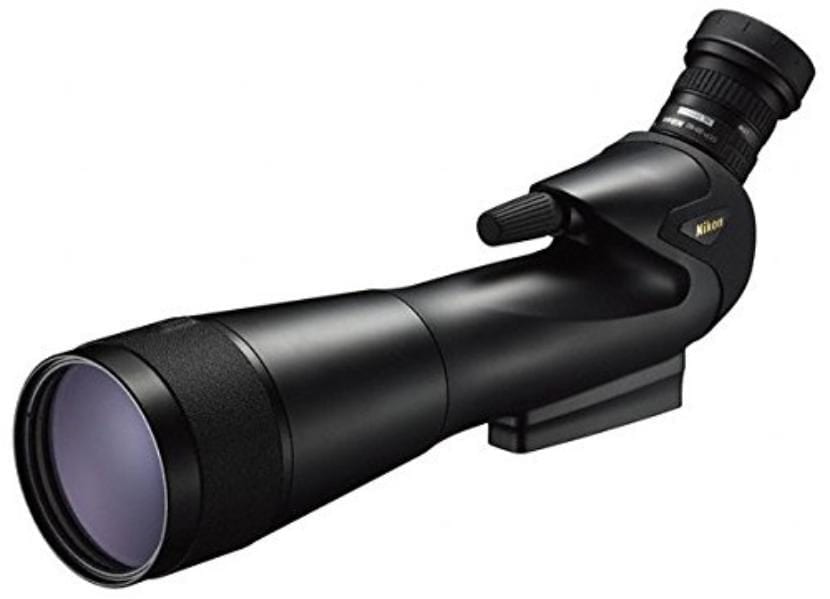
This Nikon telescope is specially designed for comfortable viewing. You will not have problems with fog or water, in case of rain. With the 8,2cm diameter of the lens, watching the birds will be an incredible experience.
It has a weight of 960 grams, and a price of 388 euros. You can get it here
Bresser 4334500 Spektar
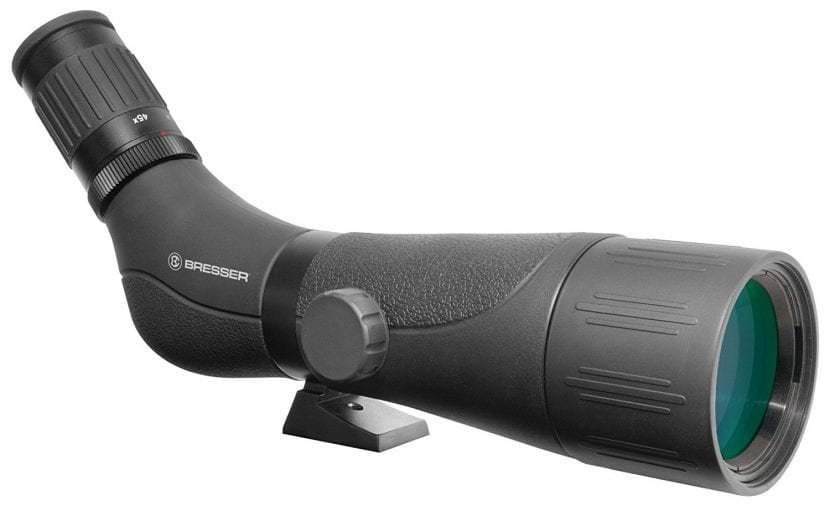
Perfect for trips, excursions, and ultimately for any outdoor outing. You do not need a tripod, as it has a zoom of 15-45 × 60. As if that were not enough, it has a carrying bag included so that it is good to carry wherever you go.
It has a weight of 1,1kg and a price of 94,64 euros. If you want it, buy it.
Was it interesting for you?